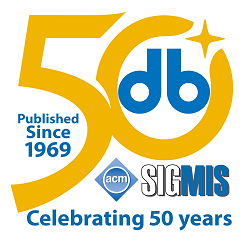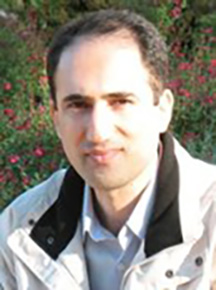
An SAE technical paper, co-authored by Nathir Rawashdeh, assistant professor, CMH Division, College of Computing, has been accepted for publication at the WCX SAE World Congress Experience, April 21-23, 2020, in Detroit, MI. The title of the paper is “Mobile Robot Localization Evaluations with Visual Odometry in Varying Environments using Festo-Robotino.”
Abstract: Autonomous ground vehicles can use a variety of techniques to navigate the environment and deduce their motion and location from sensory inputs. Visual Odometry can provide a means for an autonomous vehicle to gain orientation and position information from camera images recording frames as the vehicle moves. This is especially useful when global positioning system (GPS) information is unavailable, or wheel encoder measurements are unreliable. Feature-based visual odometry algorithms extract corner points from image frames, thus detecting patterns of feature point movement over time. From this information, it is possible to estimate the camera, i.e. the vehicle’s motion. Visual odometry has its own set of challenges, such as detecting an insufficient number of points, poor camera setup, and fast passing objects interrupting the scene. This paper investigates the effects of various disturbances on visual odometry. Moreover, it discusses the outcomes of several experiments performed utilizing the Festo-Robotino robotic platform. The experiments are designed to evaluate how changing the system’s setup will affect the overall quality and performance of an autonomous driving system. Environmental effects such as ambient light, shadows, and terrain are also investigated. Finally, possible improvements including varying camera options and programming methods are discussed.






 Tim Havens (CS/ICC) coauthored the article, “Enabling Explainable Fusion in Deep Learning with Fuzzy Integral Neural Networks,” which was accepted for publication in the journal
Tim Havens (CS/ICC) coauthored the article, “Enabling Explainable Fusion in Deep Learning with Fuzzy Integral Neural Networks,” which was accepted for publication in the journal